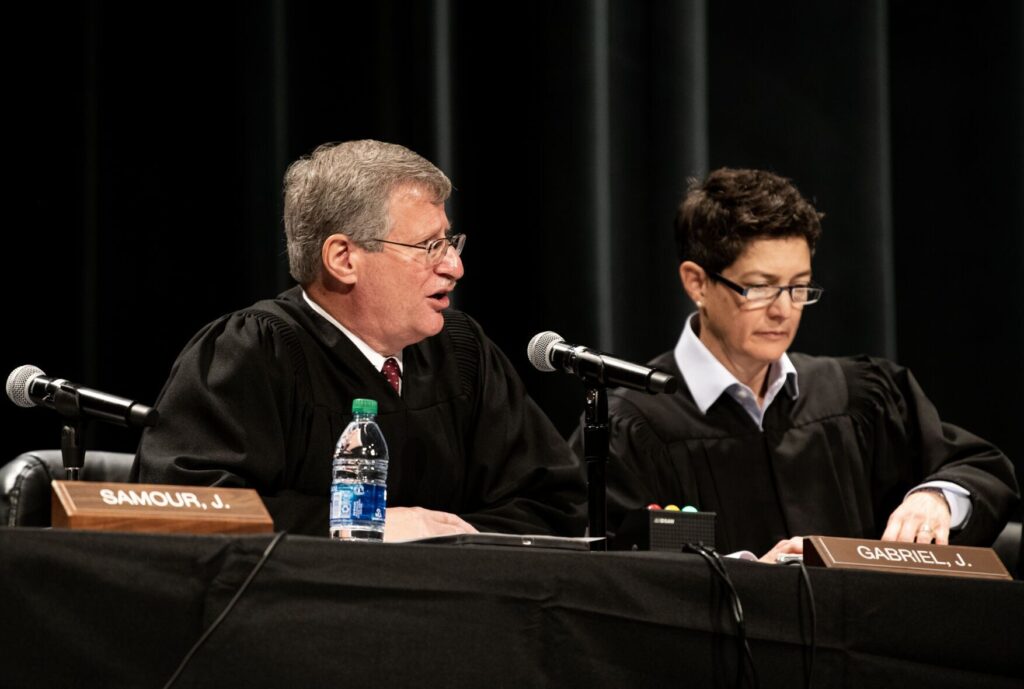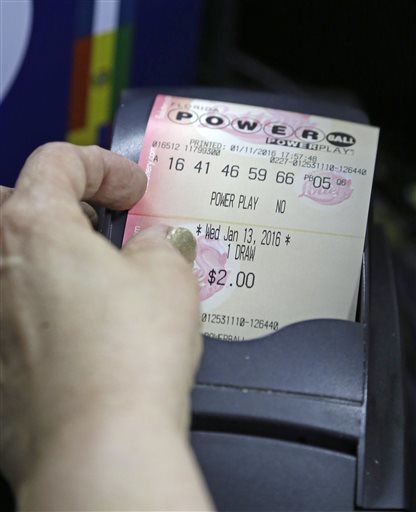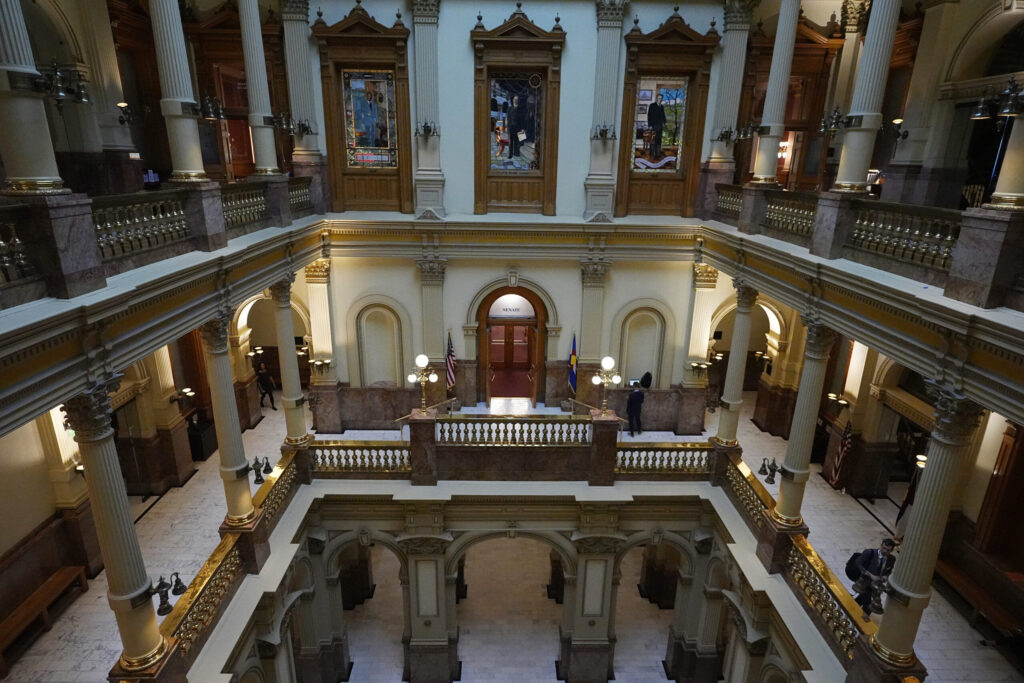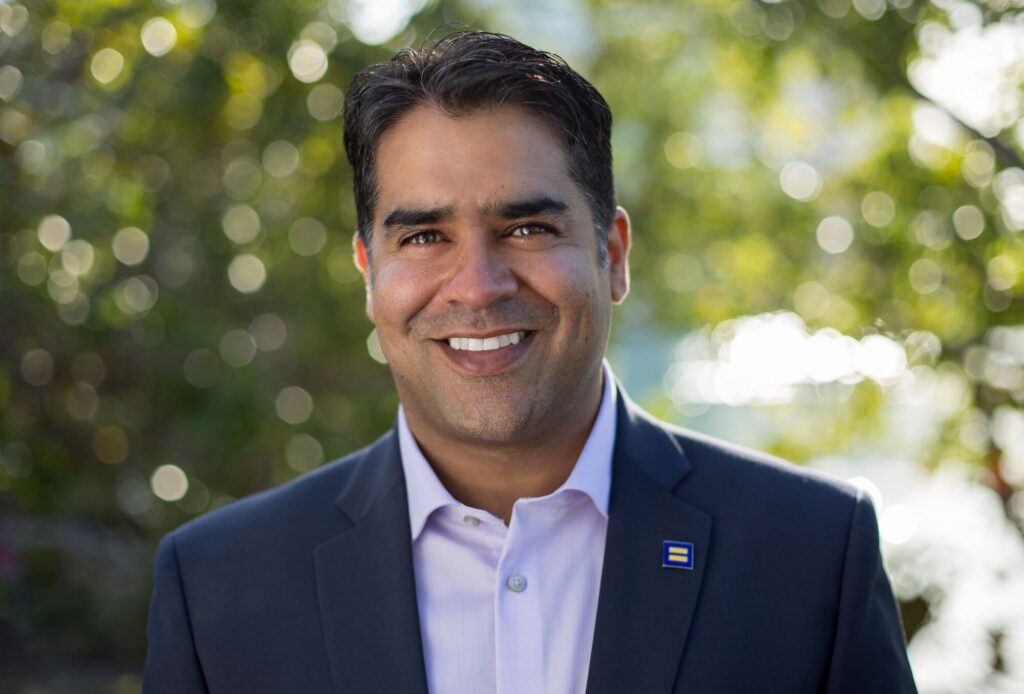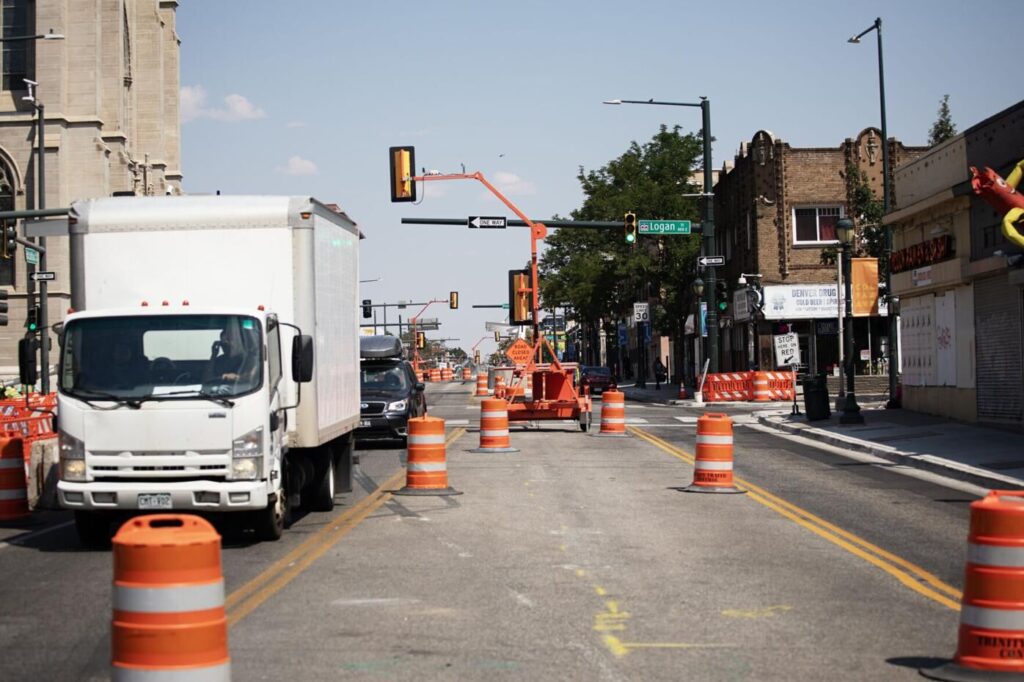Hickenlooper embarks on job creation even as state’s unemployment rate dips

The same day a state agency reported Colorado’s unemployment rate had dropped to its lowest level since October 2007, Gov. John Hickenlooper told a civic group that he plans to increase efforts to combat joblessness by expanding to additional populations a recently launched program intended to assist the long-term unemployed find work.
Over the next year, the governor told members of the City Club of Denver on Tuesday, his administration intends to add veterans, recent graduates, those with devepmental disabilities and the homeless to an initiative launched earlier this month aimed at pairing employers with those who have been out of work for months.
Hickenlooper spoke at the organization’s regular, semi-monthly luncheon at the Brown Palace Hotel, in what has become a traditional annual appearance before the group by the governor following the State of the State address.
The state unemployment rate, which peaked at 9.1 percent in October 2010, fell to 4 percent in December 2014, the Colorado Department of Labor and Employment reported Tuesday.
The governor also unveiled an initiative he called “Colorado the Beautiful,” intended to protect public lands throughout the state in the face of enormous population growth projected over the next two decades.
“The world is entering a period where the top competition will be for jobs,” Hickenlooper told the crowd of roughly 150. Noting that a worldwide competition for jobs was a “constant refrain” at last week’s World Economic Forum in Davos, Switzerland — Hickenlooper was the lone U.S. governor to attend the conference, which welcomes business executives, politicians and nonprofit leaders — the Democrat said it was critical to tackle the problem, particularly as “disruptive technologies” transform the economy and threaten to leave some workers behind.
While acknowledging that Colorado’s economy is routinely ranked among the strongest in the country, Hickenlooper called it “rough justice” that some 50,000 state residents have been looking for work for more than six months, He recalled that he’d been out of work for a little over two years between the time he was laid off from his job as a geologist and when he opened Denver’s Wynkoop Brewing Co. in 1988, adding that after about six months of unemployment, he began to look at himself differently, that going without work for so long began to erode his sense of what he could accomplish.
“There are new jobs being created every day, but we haven’t done a good enough job connecting those people who have been out of work for a long period with those jobs,” Hickenlooper said.
Earlier this month, Hickenlooper announced a $3 million program aimed at reaching employers and the long-term unemployed, including job training and a website encouraging businesses to give “a fair shot” to those with long stretches without work.
In coming months, Hickenlooper said, the state will add veterans, recent college graduates, the developmentally disabled, and the homeless, many of whom suffer untreated mental illnesses, to the effort.
The state, he contended, has had “a great deal of success with returning veterans,” and can make a big difference by targeting graduates, a group that can hinder career prospects for the rest of their lives if they delay employment too long.
Regarding the homeless, he said, “Part of that is making sure we give the mental health support and medications they need, but especially that they get a job and the ability to be self-sufficient.” Noting that the typical chronically homeless resident costs taxpayers more than $40,000 a year, Hickenlooper said that for roughly $15,000 the state can instead offer housing and support for a job.
“It’s a cash payoff, but you’re also saving a life, you’re giving someone hope,” he said.
The governor also unveiled the outlines of a plan dubbed “Colorado the Beautiful” — the name was inspired by the anthem “America the Beautiful,” written from the perch of Pikes Peak — to preserve open space as the state faces the prospects of an additional 3 million people over the next 20 years, a more rapid influx than it’s seen in the last 40 years.
“If we’re going to add 3 million, we’ve got to do a lot more planning,” Hickenlooper said, calling his proposal an “initiative to protect ourselves from our own success, from that growth.”
The plan, he said, would bring together the federal government, the state, local governments and nonprofits to figure out how to keep things from getting too crowded in coming decades.
“Let’s do an inventory of what we have and then let’s say what we need to protect,” Hickenlooper said, “because, I guarantee you, if we don’t protect it in the next five to 10 years, the pressure of that growth will make it all but impossible.”
A spokeswoman for the governor said the Department of Natural Resources is starting work on the project but that it’s still in the very early stages.
“There’s a real sense of urgency with this notion of Colorado the Beautiful, but I think we can do it,” Hickenlooper said. “The resources are there, we have a number of city leaders that are interested in this.” He pointed to “large swaths” of undeveloped land between Denver and Colorado Springs, including the massive Greenland Ranch but also other parcels as a potential model. “We need to do it in a thoughtful, integrated way.”
The proposal jibes with another vow the governor made at his inauguration earlier this month, he said.
“We’re never going to be the healthiest state if we don’t do a better job of getting more of our kids, more of our neighbors, more of ourselves out of the house,” he said.
The nonpartisan City Club — its slogan is, “To inform rather than to reform” — sponsors lunchtime talks from a variety of sources twice a month from September through May. Colorado Supreme Court Chief Justice Nancy Rice will address the club at its luncheon on February 17.
— Ernest@coloradostatesman.com
Colorado Politics Must-Reads:







